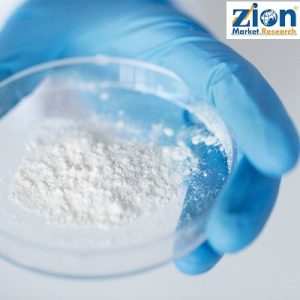The concept of chirality, also known as handedness, is constantly debated among chemists. From the spiralling of plant stems and snail shells to the double helix of DNA and the twists and turns of the proteins it encodes, all forms of life exhibit handedness. Organic chemists who aim to create agrochemicals or pharmaceuticals, which interact with living organisms, may find that chirality is crucial to activity and efficacy. This is true whether the chemist is trying to eliminate a specific species of crop pest with an insecticide or treat a specific disease.
Conventional chemical wisdom holds that chiral reagents, chiral catalysts, or at least chiral auxiliaries are necessary for reactions that produce a single chiral form when two are feasible. However, research into magnetism, polarised light, and other physical phenomena has been undertaken to manage enantiomeric excess without the use of custom-tailored designer reagents. In the 1990s, allegations surfaced that magnetism alone could act as a chiral agent, however they were rapidly disproven [1]. Although magnetism alone has little effect, there is some evidence that it can be utilised in concert with incident polarised light to nudge a reaction towards one enantiomer rather than the other. This effect is called magnetochiral anisotropy.
A Chiral Propagation
The idea of manipulating a reaction’s chirality has been flipped on its head thanks to the work of David H. Waldeck (University of Pittsburgh, PA, USA), Yossi Paltiel (The Hebrew University of Jerusalem, Israel), Ron Naaman (Weizmann Institute of Science, Rehovot, Israel), and others. They investigated the possibility of using electron spin as a chiral “reagent” to control a chemical process. The inherent angular momentum of an electron, or its “spin,” is a quantum phenomena. Up, down, left, right, or whichever direction you want. Given that it has a value of 1/2, it is analogous to a Moebius strip, where it takes two full rotations, or circuits, either clockwise or counterclockwise, to return to the initial position.
The group proposes that an electron injection can be performed at a magnetised electrode. In this region, they can be adsorbed onto a moving molecule with a specific spin orientation. The team claims that such spin-polarized electrons can serve as a chiral bias for enantioselective reactions and so substitute a traditional enantiopure chemical reagent. With three independent proof-of-principle studies, the researchers have established the viability of this theory.
There is no way for the electron spin to interact with chirality. Naaman says, “When the electron is in motion, however, its linear momentum and spin define helicity. The electron can be thought of as a bullet that can rotate either to the right (positive helicity) or to the left (negative helicity) as it travels. It’s also possible for a chiral molecule’s handedness to be affected by the spin’s helicity, he says.
Methods of Choosing
The group first shows that a spin-polarized monolayer film of achiral carboxyl-terminated alkanethiols can form an enantioselective association with a chiral molecule, in this case (S)- or (R)-1-amino-2-propanol (right) (pictured left). Enantiospecific electrochemical reduction or oxidation reactions, such as those involving chiral ferrocene derivatives or camphorsulfonic acid, are driven by the chiral bias created by the electron helicity in the second and third experiments.
The group emphasises that the polarised spin crossing the interface between the substrate and the molecule, rather than an enantiospecific interaction of the molecule with the ferromagnetic electrode, is responsible for the chiral bias in the system. In all three examples, the team finds, “the sense (left-handed versus right-handed) of the enantioselectivity is defined by the direction of the electron spin polarisation.” Their research, they say, proves a new mechanism for achieving enantioselective reactions without the use of chiral reagents or catalysts.









Be First to Comment